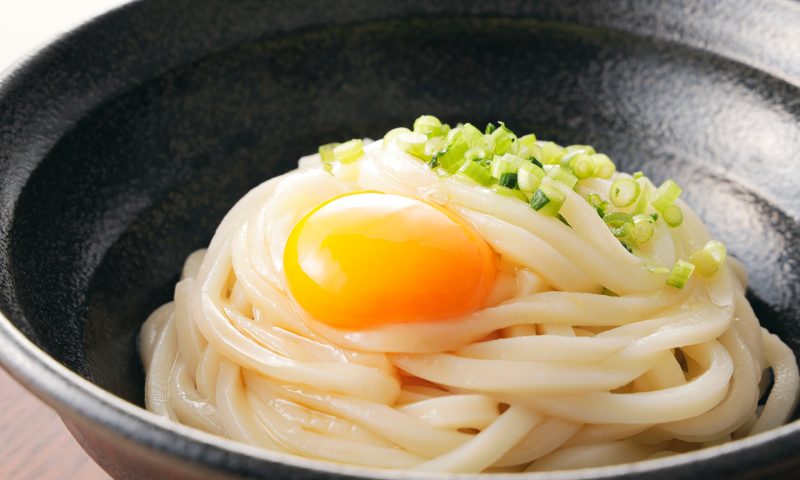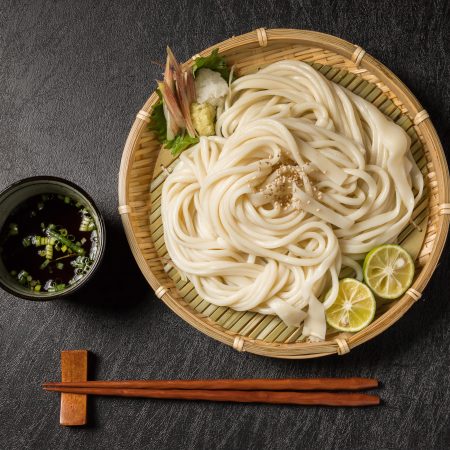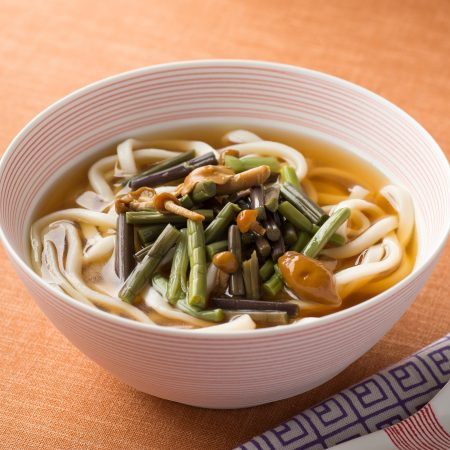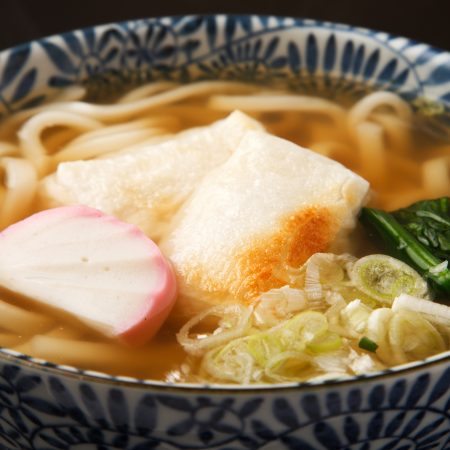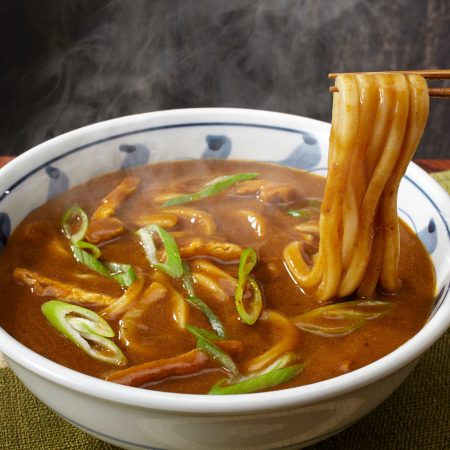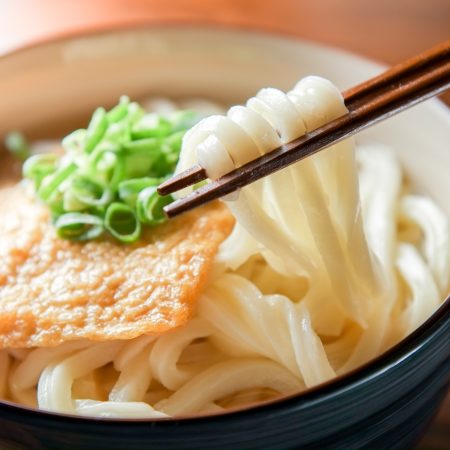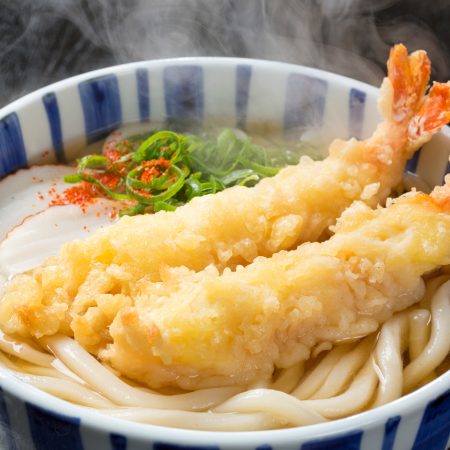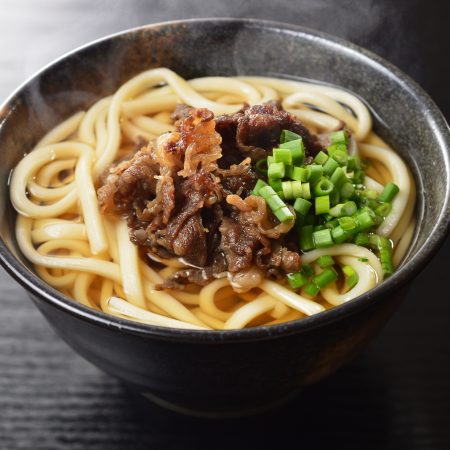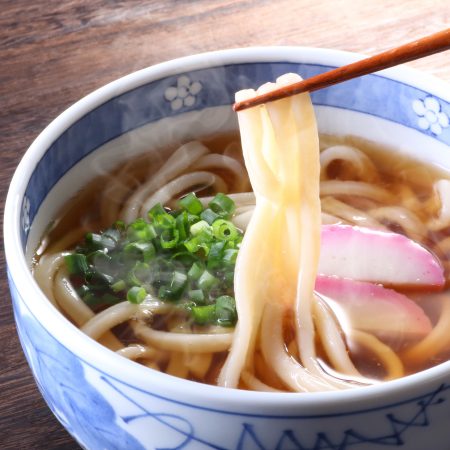“Kamatama Udon” is a popular type of udon dish in Japan. This dish consists of thick udon noodles and a warm onsen tamago (hot spring egg), creating a simple yet delicious meal. Here is a basic explanation of Kamatama Udon:
- Udon Noodles: The main component of Kamatama Udon is the thick udon noodles. These noodles are made primarily from wheat flour, water, and salt. Udon noodles are known for their chewy texture and pair well with the soup.
- Onsen Tamago: Another distinctive feature of Kamatama Udon is the warm onsen tamago. Onsen tamago is made by gently boiling or soaking eggs at a low temperature. As a result, the egg whites remain soft, and the yolk becomes a creamy and rich texture.
The preparation of Kamatama Udon involves the following steps:
- Boil the Udon: Boil the udon noodles until they reach the desired texture, then serve them in a bowl.
- Prepare the Onsen Tamago: Make onsen tamago by gently cooking the eggs in hot water or a hot spring, ensuring that the yolk remains semi-liquid.
- Pour the Soup: Pour warm soup over the boiled udon noodles. The soup is typically based on dashi (broth) and soy sauce, enhancing the flavor of the udon.
- Top with Onsen Tamago: Place the onsen tamago on top of the udon noodles and gently break the yolk. The rich flavor of the egg pairs perfectly with the udon.
- Toppings: Kamatama Udon can also be garnished with various toppings such as green onions, kamaboko (fish cake), tenkasu (crispy tempura batter bits), nori (seaweed), and more.
Kamatama Udon is commonly available at Japanese fast-food restaurants and udon eateries, and it is particularly popular during the cold seasons. Its rich soup and warm onsen tamago make it a beloved dish for many.

